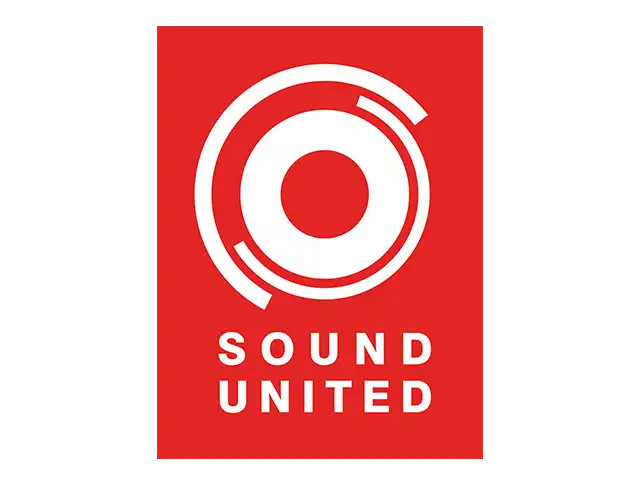Common Share Transfer Scenarios
Foreign-invested companies operating in China often face share transfers as financing, M&A integration, or group optimization progresses. The five scenarios below are the most common:
1. Introducing a New Shareholder (Capital Increase + Secondary Transfer in Parallel)
A new investor subscribes for new shares (capital increase) while some existing shareholders transfer part of their shares (secondary sale) to realize a partial exit and rebalance ownership.
2. Secondary Transfer to a Strategic/Financial Investor (No Capital Increase)
Only existing shares change hands (secondary sale) with no new capital injected into the company; common for small minority stakes or staged exits.
3. Change of Control (Majority Share Sale)
The buyer obtains >50% voting rights or contractual control (control), typically followed by a rebuild of the board and the reserved matters/governance framework.
4. 100% Acquisition (Share Deal)
All shares in the target are acquired; contracts and licenses generally remain with the entity, enabling faster consolidation and business takeover.
5. Intragroup Reorganization/Structure Optimization (Intragroup reorganization)
Within the same group, the holding path and entities are adjusted for financing, tax-neutrality, consolidated reporting, or license ring-fencing.
How to Execute a Share Transfer
Step 1: Solution Design & Route Planning
Based on your objectives and situation, Hongda conducts a short diagnosis to clarify goals (capital, control, timeline) and constraints (industry licenses, shareholder terms). We then choose the route—primary/secondary, control deal, 100% share deal, or intragroup reorganization—and set valuation and pricing mechanics (lock-box / closing accounts).
Step 2: Document Preparation & Due Diligence
We set up a data room, collect corporate licenses, articles, registers, key contracts, finance/tax and compliance items. A “light DD” identifies red flags and must-fix items to refine terms and conditions precedent (CPs).
Step 3: Agreement Signing
Hongda assists in drafting core documents: SPA/SSA (Share Purchase/Subscription Agreement), SHA (Shareholders’ Agreement), amendments to the Articles, and company resolutions. Where needed, we jointly and in parallel start third-party consents (change-of-control/assignment/landlord/bank) and internal approvals.
Step 4: Filings & Clearances
We complete foreign investment reporting, industry license updates and other required filings; if thresholds are met, we handle antitrust filing or national security review. We provide checklist-based materials and a timeline to cut down waiting and rework.
Step 5: Tax & Funds Flow
We confirm the withholding/withholdable party and rates, handle stamp duty and tax filings; we design the funds flow (escrow, installments, earn-out, cross-border settlement), and align with the bank on FX/settlement requirements.
Step 6: Closing, Registration & Day-1 Implementation
On closing, Hongda completes consideration payment and escrow release, issues tax clearance proof, and handles company registration changes (SAMR filing) and shareholder register updates. We also assist with updates and filings with tax, banking, and special-license authorities.
Special reminders for different cases
Beyond the standard process, different scenarios require nuanced steps and materials:
1. Introducing a New Shareholder (Capital Increase + Secondary Transfer in Parallel)
When a company needs fresh capital (primary) and existing shareholders also want partial liquidity or rebalancing (secondary), a combined structure is common. It strengthens cash and capital while bringing in a strategic partner and adjusting governance—board seats and reserved matters included.
Special notes:
- Step 1: Determine the primary/secondary mix and valuation alignment; preload governance terms (board seats, reserved matters).
- Step 3: Documents include the SSA + SPA + SHA triad; keep Articles amendments consistent with the SHA.
2. Secondary Transfer to a Strategic/Financial Investor (No Capital Increase)
If no new registered capital is needed and you prefer to bring in an industry partner or financial investor via a secondary sale, this is often the most efficient route. Company cash remains unchanged, but ownership and governance do evolve.
Special notes:
- Step 2: Check ROFR, tag/drag provisions carefully.
- Step 3: SPA is central, with robust R&W/indemnity; align signing sequence with any ROFR process.
3. Change of Control (Majority Share Sale)
When the buyer seeks control, the focus extends from price to “governance design + post-closing integration (PMI).” Typical items include board rebuild, approval matrix, reserved matters, and management retention/incentives; antitrust or security review is more likely.
Special notes:
- Step 1: Lock down the control package (board composition, veto, approval matrix).
- Step 4: Antitrust/security review is more likely; the timeline should reserve an approval window.
4. 100% Acquisition (Share Deal)
With all shareholders selling and the buyer taking over entirely, the goal is seamless continuity of contracts, licenses, employees, and customers—plus a complete handover of assets, chops/seals, accounts, and systems on closing. SPAs typically strengthen caps/baskets/claim periods, with a detailed closing deliverables list to control quality.
Special notes:
- Step 2: Due diligence scope is broader (contingent liabilities, data compliance, employment, EHS as relevant).
- Step 3: Strengthen caps/baskets/claim periods in the SPA; prepare closing deliverables (seals, licenses, systems, asset lists).
5. Intragroup Reorganization/Structure Optimization (Intragroup Reorganization)
Within the same controlling group, the aim is tax-neutrality, consolidated reporting, financing convenience, or license separation. Emphasis is on reasonable commercial purpose, equivalent consideration, compliance traceability, and multi-entity scheduling.
Special notes
- Step 1: Produce target structure maps (equity/cashflow/business/people); emphasize reasonable commercial purpose.
- Step 3: Use standardized templates for internal transfer/merger/demerger/contribution and run in batches.
- Step 4/5: Focus on special reorganisation/tax-neutral filings and record-keeping; process registrations and license updates across locations in parallel.
Tax Items & Common Rates during Share Transfer
Tax items and rates depend on party type (individual/corporate/non-resident), transaction route (share vs. asset), treaty positions, and whether the security is listed/financial in nature.
- Individual shareholder gains (non-listed shares): taxed as “property transfer income” at 20%; the buyer is typically the withholding agent.
- Corporate shareholder gains (Chinese resident enterprise): included in CIT at the statutory rate of 25%.
- Non-resident enterprise directly transferring equity in a Chinese company: generally 10% withholding on gains, with possible treaty relief.
- Stamp duty (share transfer agreement): typically 0.05% of the contract amount as “title transfer documents.”

